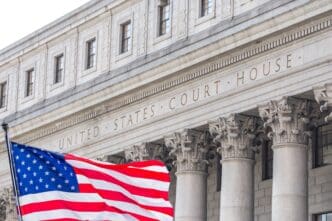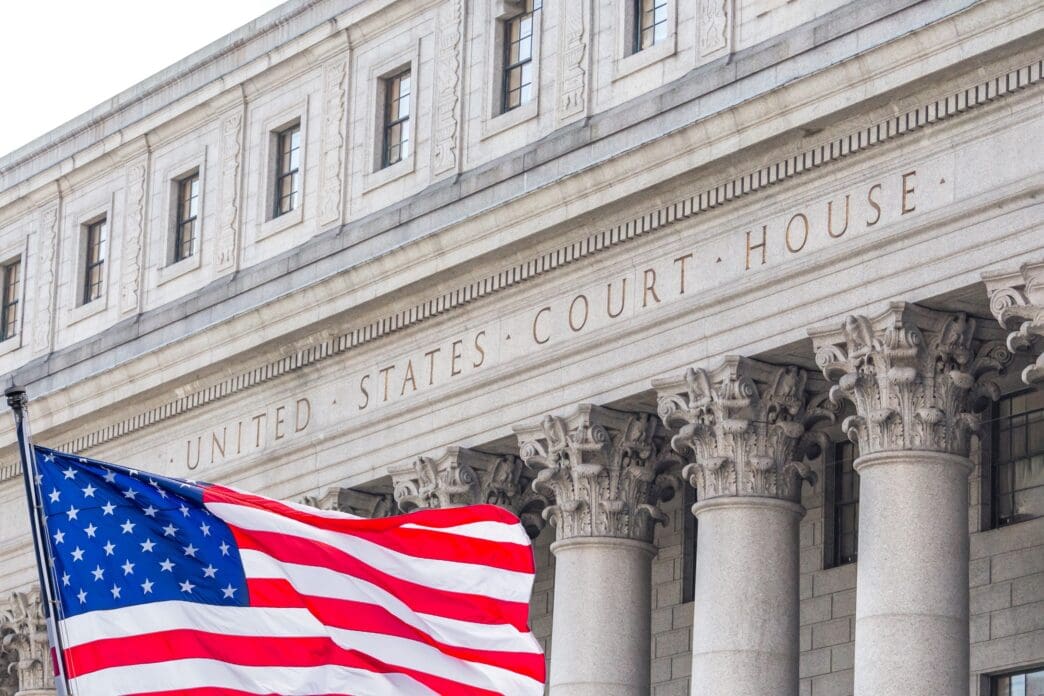Executive Summary
The Story So Far
Why This Matters
Who Thinks What?
The U.S. Supreme Court commenced its new term on Monday, October 5, 2025, poised to address a series of high-stakes cases amidst heightened political tensions and deep public division. The term is expected to feature significant legal battles concerning President Donald Trump’s executive authority, contentious LGBTQ+ rights issues, and challenges to the landmark 1965 Voting Rights Act, following a summer marked by an unusual volume of urgent and sharply contested emergency applications.
Context of a Tense Summer
Chief Justice John Roberts previously emphasized the importance of the court’s summer break for justices to cool off from disputes and return with a “level balance.” However, the past three months were anything but peaceful, with the court repeatedly forced to rule on major emergency cases involving President Trump, often leading to sharply written dissents that underscored underlying rancor. Legal experts, like Irv Gornstein of Georgetown Law Center, warn that a continuation of the 6-3 ideological splits seen over the summer could make this one of the most polarizing terms yet.
A recent Gallup poll highlights this division, showing 79% approval among Republicans compared to just 14% among Democrats. This partisan divide sets a challenging backdrop as the nine justices reconvene to tackle their new docket.
President Trump’s Authority Under Scrutiny
The court will tackle several major cases involving President Trump, building on a previous 6-3 majority decision in June that limited lower courts’ ability to block presidential policies. This ruling drew a strong dissent from Justice Ketanji Brown Jackson, who accused the conservative majority of fostering a “culture of disdain for lower courts,” prompting a direct rebuttal from Justice Amy Coney Barrett.
Next month, the justices will hear arguments regarding the president’s authority to impose sweeping global tariffs, an appeal stemming from a federal appeals court ruling that Trump overstepped his powers by relying on the International Emergency Economic Powers Act. The appeals court had ruled that the power to impose taxes, including tariffs, is a “core congressional power” reserved for the legislative branch.
Later this year and early next, the court will consider two cases challenging President Trump’s firing of leaders at independent government agencies, including Federal Reserve Governor Lisa Cook and a former Federal Trade Commission member. These cases present an opportunity for the conservative majority to potentially overturn a New Deal-era precedent that permits Congress to protect independent agencies from the whims of the White House. Justice Jackson has continued to criticize the court’s decisions in emergency cases, recently writing in a solo dissent that the court “once again eschew[s] restraint” in allowing the administration to “disrupt as many lives as possible.”
Culture Wars and Voting Rights
The new term will also delve into contentious social issues, echoing a June decision where a 6-3 conservative majority upheld a Tennessee law banning gender-affirming care for trans minors. The court is scheduled to hear arguments on Tuesday in a challenge to a Colorado law banning “conversion therapy,” a practice widely discredited by medical and mental health organizations. This case is brought by a licensed counselor who argues the restrictions violate First Amendment speech protections.
Early next year, the justices will review two cases challenging state bans on transgender students participating in sports teams aligned with their gender identity. In November, the court will revisit Louisiana’s congressional redistricting case for a second time, having expanded the scope of the appeal to further review a claim of racial gerrymandering. Sophia Lin Lakin of the ACLU’s Voting Rights Project warns that without the provision in place for redistricting, there would be few checks on undoing progress made since the 1965 Voting Rights Act.
Continued Emergency Docket
Alongside its regular docket, the Supreme Court is expected to continue managing a significant number of emergency applications, many of which involve the Trump administration. The administration has filed eight such appeals since late June, winning six, deferring one for arguments, and one remains pending. This success rate of 86% for the Trump administration in emergency cases contrasts with President Joe Biden’s approximate 50% win rate in similar appeals.
Justice Jackson has likened this trend to “Calvinball jurisprudence,” where the only rule seems to be that the Trump administration always prevails. Justice Elena Kagan also lamented the change, noting that the “relentless bringing of these emergency petitions” has transformed the court’s summers from a period of respite into one of continuous activity.
Outlook for the Term
As the Supreme Court embarks on its new term, it faces a landscape of profound ideological division and an unprecedented volume of politically charged litigation. The upcoming decisions on presidential authority, LGBTQ+ rights, and voting rights, coupled with the ongoing influx of emergency requests, underscore a period of intense scrutiny and significant impact on American law and society.








